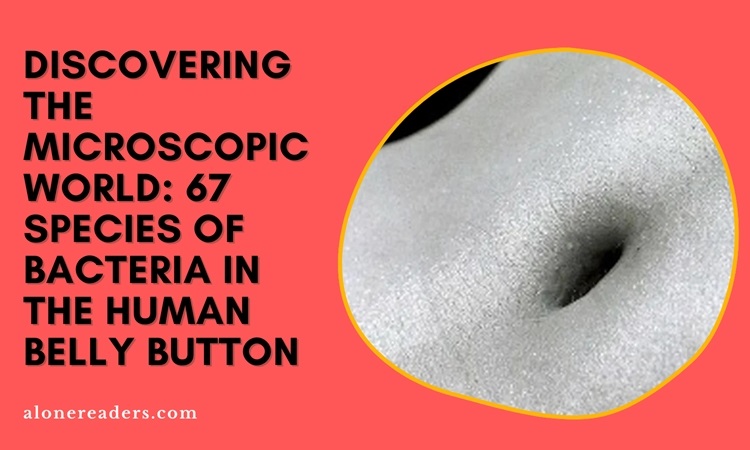
When we think about the diverse ecosystems on our planet, our minds often wander to the lush rainforests or the deep oceans. However, an equally complex and intriguing ecosystem exists much closer to home – in fact, on our bodies. Recent studies have revealed a surprising fact: the average human belly button is home to a thriving community of 67 different species of bacteria. This discovery not only highlights the complexity of our personal microbial world but also offers fascinating insights into human health and hygiene.
The human skin is a vast landscape for microbial life, offering various niches for different microorganisms to inhabit. The belly button, or navel, is particularly interesting due to its unique structure. It provides a protected, warm, and moist environment, making it an ideal habitat for bacteria. Researchers have embarked on journeys to explore this tiny ecological niche, revealing a staggering variety of bacterial species, some of which are common across most individuals, while others are unique to certain people.
The diversity of bacteria in the belly button is influenced by several factors, including genetics, personal hygiene, the environment, and even the method of birth. People born through cesarean sections, for instance, tend to have different navel microbiota compared to those born via vaginal delivery. This is because the initial colonization of bacteria in newborns is largely influenced by the mother's birth canal.
One of the most fascinating aspects of this microbial diversity is that it challenges our conventional view of cleanliness. While it's vital to maintain good hygiene, the presence of these bacteria isn't necessarily harmful. In fact, many of these microorganisms play crucial roles in protecting the skin, preventing harmful pathogens from establishing a foothold, and even contributing to the immune system's function. The idea that our bodies are host to a complex microbial ecosystem is central to our understanding of human health, especially in terms of the skin, which is the first line of defense against environmental threats.
The study of belly button bacteria also has broader implications. By understanding the variety and roles of these bacteria, scientists can gain insights into the human microbiome – the collective genome of all the microorganisms that live in and on the human body. This understanding is crucial, as the microbiome is known to have significant impacts on health, influencing everything from the immune system to mental health and even predispositions to certain diseases.
Furthermore, the study of navel bacteria can inform our approach to antibiotics and hygiene products. Overuse of antibiotics and certain antibacterial products can disrupt the natural balance of skin flora, potentially leading to more harm than good. Recognizing the importance of maintaining a diverse and balanced microbiome is therefore essential in developing healthcare and hygiene practices.
Moreover, the diversity of bacteria in the belly button can also serve as a tool for scientific discovery and exploration. For instance, some of these bacterial species are not well-studied and could potentially hold the key to new antibiotics or other biologically active compounds. This uncharted territory presents an exciting opportunity for microbiologists and pharmaceutical researchers.
It's also worth noting that the bacteria found in the belly button can vary greatly from person to person. Lifestyle factors like diet, clothing, and personal hygiene habits can all influence the microbial makeup of one's navel. The study of these personal ecosystems can thus provide insights into individual health and even potentially reveal markers for certain health conditions.